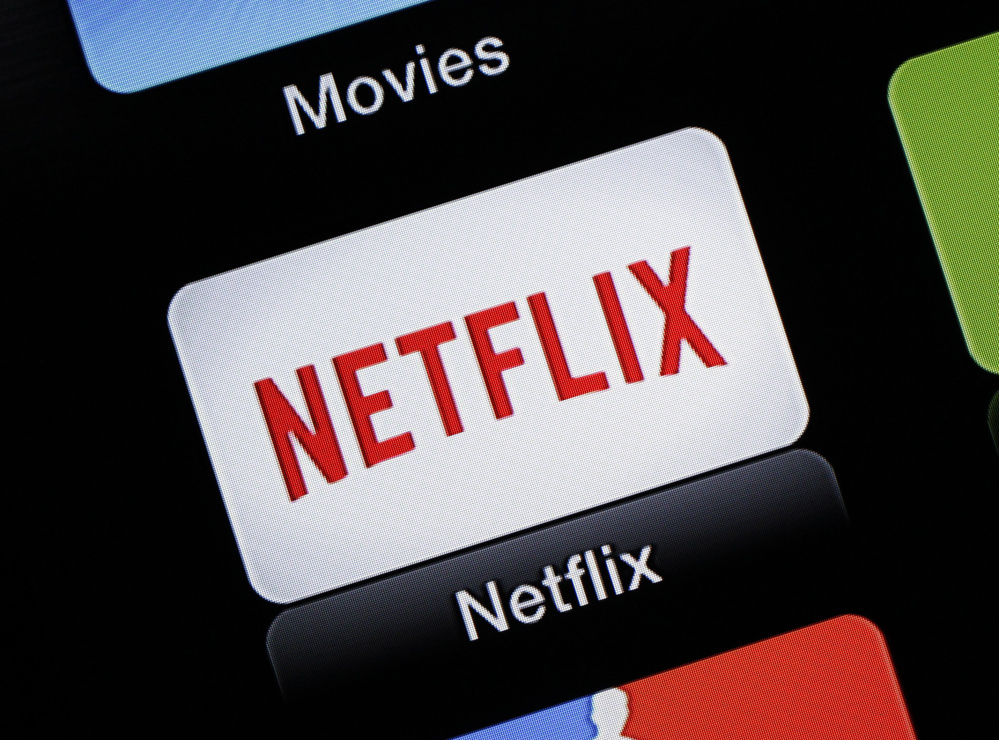SAN FRANCISCO — After years of spectacular success, Netflix is starting to hit some potholes. The high-flying internet video service added only 160,000 U.S. subscribers from April through June, its lowest gain in the period since splitting up its video-streaming and DVD-by-mail services five years ago.
In addition to the U.S. slowdown, Netflix is wrestling with an ambitious international expansion amid stiffening competition, challenges that came into sharper focus Monday with the release of its second-quarter earnings. CEO Reed Hastings blamed the disappointing performance on cancellations by subscribers facing price increases of as much as $2 per month, following the expiration of a two-year rate freeze.
“People don’t like price increases, we know that,” Hastings said during a webcast reviewing the second quarter. “It is a necessary phase we must get through.”
HIGHER PRICES, MORE COMPETITION
Analysts estimate that more than 20 million subscribers may be hit with a price increase between June and the end of this year. Netflix hasn’t quantified how many people will be affected, but cited the price increases as one reason it predicts it will add just 300,000 U.S. subscribers in the third quarter – down from a gain of 880,000 at the same time last year.
The fallout from those phased-in price increases has been compounded by intensifying competition that now provide consumers an array of alternative streaming-video options.
Netflix fared better outside the U.S., but its second-quarter gain of 1.5 million international subscribers still missed management’s projections.
The company’s stock shed $13.16, or 13 percent, to $85.65 in after-hours trading.
A VICTIM OF SUCCESS
In a way, Netflix is a victim of its own success. With 47.1 million U.S. subscribers already signed up in the U.S., where they pay $8 to $12 per month, the company is having more trouble finding new households interested in anteing up.
Beyond the U.S., the Los Gatos, California, company is sustaining significant losses as it ramps up its business in 189 other countries. Among other things, Netflix has to amass a diverse collection of TV shows and films that will appeal to new audiences speaking a variety of different languages and with divergent tastes.
Its international operations lost $69 million in the second quarter, or an average of about $2 per overseas subscriber. By contrast, Netflix’s U.S. streaming service contributed a profit of $414 million, or about $9 per subscriber.
FIRST MOVER NO MORE
Until recently, Netflix had been capitalizing on its “first mover” advantage – technology parlance for innovators that embrace a new concept ahead of the pack.
Its head start in internet video meant Netflix was able to license previously released TV series and films at relatively inexpensive rates, in part because studios hadn’t yet realized how valuable streaming rights would become.
That’s all changed now. Netflix’s competitors now include internet-only offerings from Amazon, Hulu and YouTube as well as traditional TV networks such as Time Warner Inc.’s HBO and CBS, which have introduced online alternatives to their cable and broadcast channels.
At the same time, studios are demanding higher prices for the rights to their shows and films – and increasingly selling the rights to Netflix rivals willing to pay more.
Send questions/comments to the editors.




Success. Please wait for the page to reload. If the page does not reload within 5 seconds, please refresh the page.
Enter your email and password to access comments.
Hi, to comment on stories you must . This profile is in addition to your subscription and website login.
Already have a commenting profile? .
Invalid username/password.
Please check your email to confirm and complete your registration.
Only subscribers are eligible to post comments. Please subscribe or login first for digital access. Here’s why.
Use the form below to reset your password. When you've submitted your account email, we will send an email with a reset code.